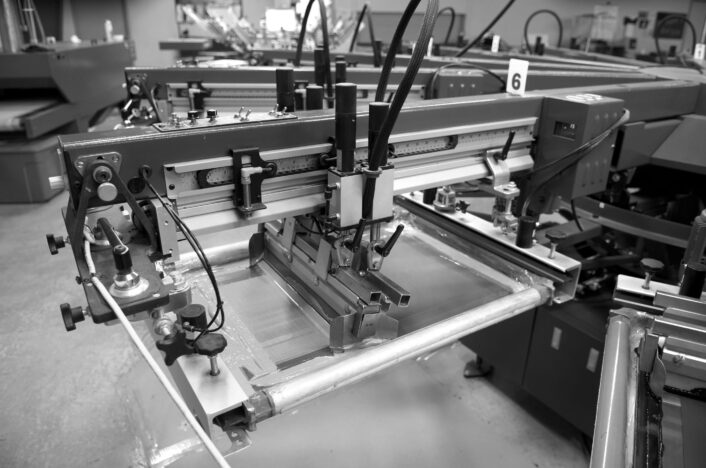
Services
Our Specialities
Screen Printing
Screen printing, also known as silk screening, is a versatile printing technique that involves the transfer of ink onto various substrates, including fabric, paper, glass, metal, or plastic. To achieve the desired design or image, a mesh screen made of polyester or nylon is used in combination with a stencil or emulsion that blocks off areas not intended to receive ink. By applying ink using a squeegee or blade through the open areas of the screen, high-quality prints with vibrant colours and durability are produced. Therefore, the stencil plays a crucial role in controlling the design or image that is printed, resulting in a stunning and professional finished product.
Screen printing has evolved over time and now finds extensive use in various industries, including:
- Signage and Displays: Screen printing is widely used in the production of signs, banners, posters, display graphics, and long-term informational signs. It allows for sharp, colourful, and weather-resistant prints, making it suitable for both indoor and outdoor applications.
- Technical Work: Long-lasting polycarbonate overlays, decals, and markings directly on parts or custom-made aluminum or steel plates.
- Advertising and Promotional Products: Many promotional items, such as pens, keychains, tote bags, and drinkware, are created using screen printing. It enables businesses to print their logos or messages on these items cost-effectively and visually appealingly.
Digital Printing
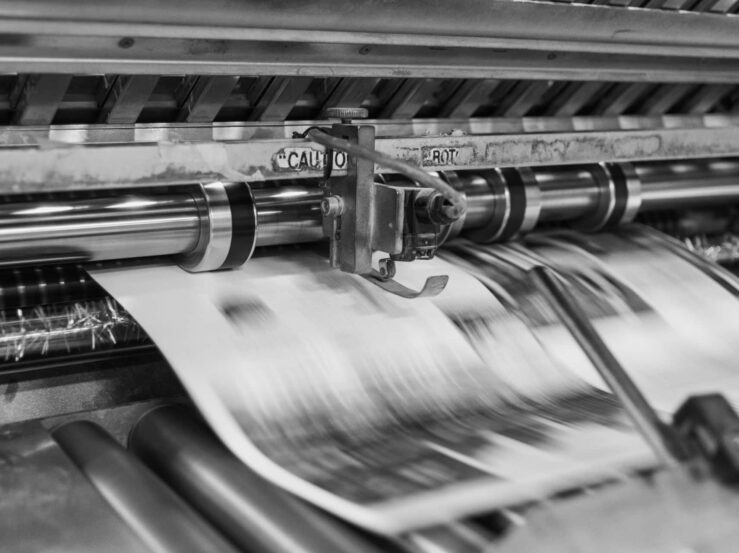
Digital printing is a modern printing process that involves the transfer of digital images onto paper or other printable materials. This process is carried out using a digital file, which eliminates the need for printing plates. Instead, the image is transmitted directly from a computer to the printing machine. This method is more efficient and less time-consuming than traditional printing methods, making it a popular choice for many businesses and individuals.
Here are some key points about digital printing on paper:
- Print-on-Demand: Digital printing allows for print-on-demand capabilities, meaning that you can print small quantities or even individual copies economically. This is particularly useful for personalized items, variable data printing (such as direct mail campaigns), or when a quick turnaround is required.
- Quick Turnaround Time: Digital printing eliminates the need for plate setup, making it a fast printing process. Files can be sent directly to the printer, resulting in shorter production times compared to offset printing.
- Cost-effective for Small Runs: Digital printing is cost-effective for smaller print runs because there are no setup costs associated with plates or other prepress processes. This makes it ideal for projects that require limited quantities or frequent content changes.
- Variable Data Printing: Digital printing allows for the customization of each printed piece with different text, images, or other data elements. This enables personalized marketing materials, such as direct mail campaigns or individualized brochures.
- High-Quality Output: Advancements in digital printing technology have led to improved print quality, with high resolution and colour accuracy. Although it may not match the absolute highest quality of offset printing, digital printing produces excellent results for most applications.
Large-Format Printing
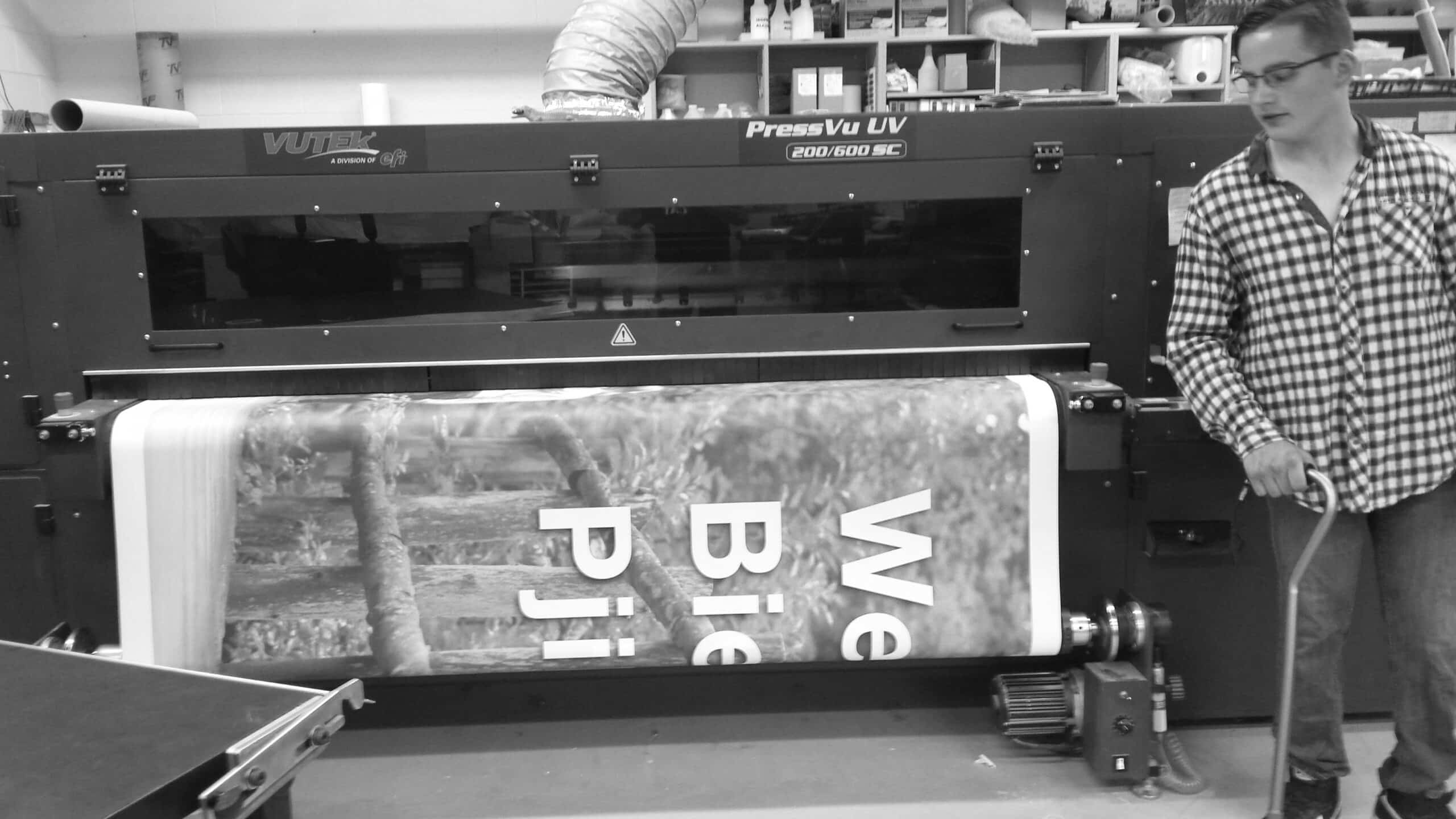
Large-format printing refers to the creation of prints and graphics that exceed standard sizes, in our case up to 80 inches wide. This process requires the use of specialized printers and materials to produce visuals of a grand scale for a diverse range of applications. From creating exquisite banner ads to designing eye-catching billboards, large-format printing has become an essential tool to create impactful visuals that capture the attention of the audience. In summary, large-format printing is a sophisticated technique that enables designers to produce high-quality prints and graphics of colossal size, perfect for a myriad of purposes and materials. Here are a few examples of common uses for this technique:
- Signage and Banners: Large-format printing is extensively used for creating eye-catching signage and banners for indoor and outdoor advertising. It allows for the production of high-resolution, colourful graphics that can be displayed on billboards, building wraps, trade show displays, retail signage, event banners, and more. Large-format prints are visible from a distance, making them ideal for capturing attention in public spaces.
- Vehicle Graphics and Wraps: Large-format printing is employed to create vehicle graphics and wraps, transforming vehicles into moving billboards. Whether it's a company logo, product imagery, or a full vehicle wrap with vibrant designs, large-format printing enables the production of graphics that can be applied to cars, trucks, buses, and other vehicles, effectively promoting brands or conveying messages.
- Point-of-Purchase Displays: Large-format prints are used to create impactful point-of-purchase (POP) displays in retail environments. These displays include posters, floor graphics, window graphics, standees, and hanging signs. Large-format printing allows for the creation of attention-grabbing visuals that enhance product visibility and influence purchasing decisions.
- Trade Shows and Events: Large-format printing plays a crucial role in trade show exhibits and event displays. It enables the production of large backdrops, fabric banners, retractable banners, signage, and other promotional materials that help businesses stand out and convey their message effectively in event environments. Large-format prints contribute to creating a professional and visually appealing booth or event setup.
- Fine Art and Photography: Large-format printing is utilized in the art and photography industries to reproduce large-scale artwork and photographs. Artists and photographers can create gallery-worthy prints on canvas or other fine art papers, showcasing their work in a visually stunning manner.
- Construction and Architectural Prints: Large-format printing is employed in the construction and architectural industries for creating blueprints, floor plans, construction site signage, and building wraps. It allows for the production of detailed and large-scale prints that aid in project visualization, communication, and documentation.
Available Materials
Coroplast
(Corogated Plastic)
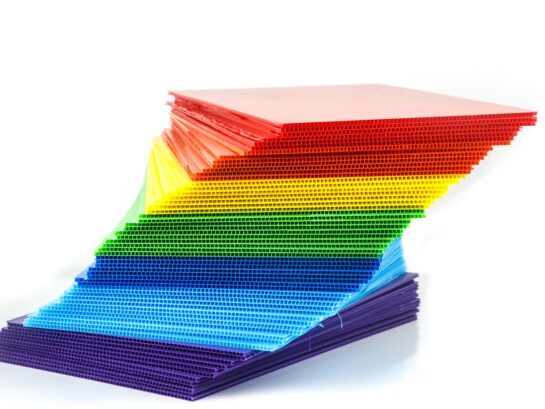
Thickness: 4mm - 10mm
Uses: outdoor signs, temporary signs, real estate signs, campaign signs, marker friendly signs.
Specialized Vinyls
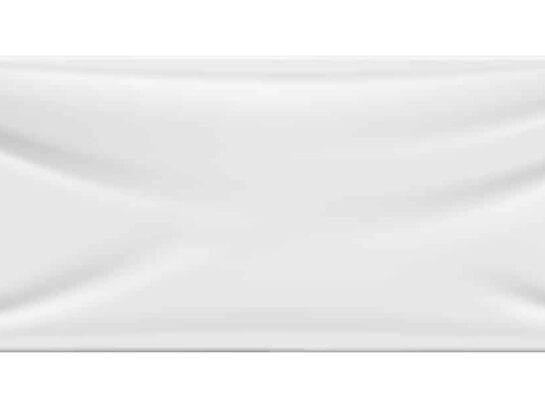
We carry a large variety of vinyls from suppliers such as 3M, Arlon, and Oracal. Each type of vinyl is specialized for a specific purpose such as banners, decals, glossy posters, and weather-resistant displays.
Sintra
(PVC foam sheets)
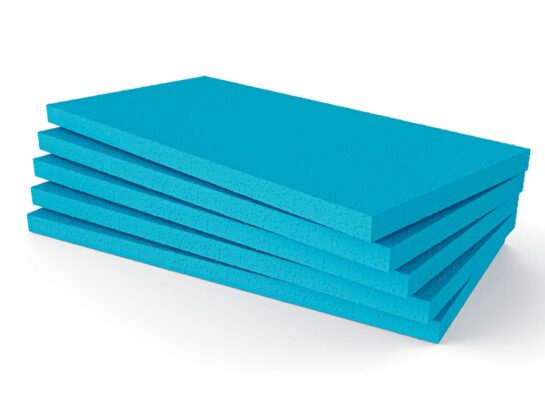
Thickness: 3 mm - 12 mm
Uses: lightweight and easily installable interior displays.
Wall Coverings
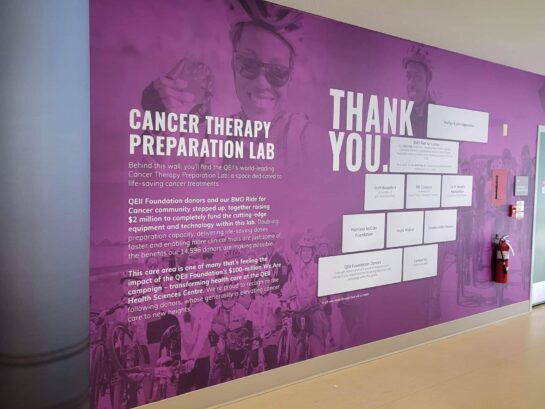
Smooth or textered printed wallpaper. Available for both tempoary and permanent installations.
Sheet Metals and Foils
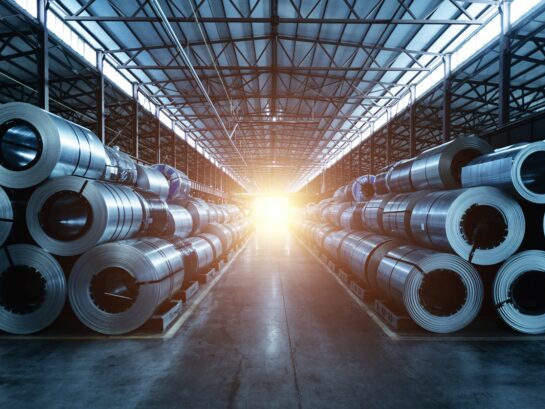
We can print on almost any metal as long as it will fit into our machines, including aluminium, stainless steel, or enamelled steel.
Uses: Machine control panel text and graphics, equipment tags, shiny displays.
Bring Your Own Material
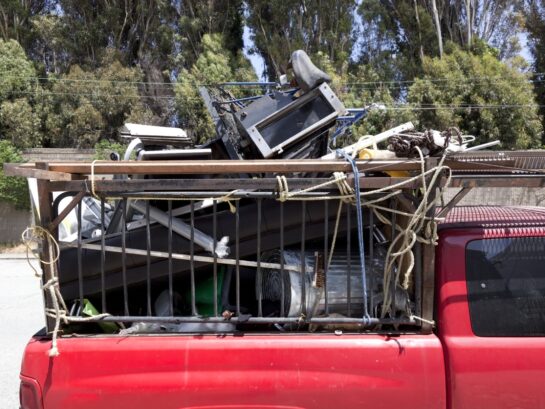
Got something specific that you need a print on? Bring it by the shop, and if it's flat enough we'll take care of it for you
Finishing Services
Ready to Get Started?
Let our team of skilled professionals manage the production and installation of your upcoming graphic project.

